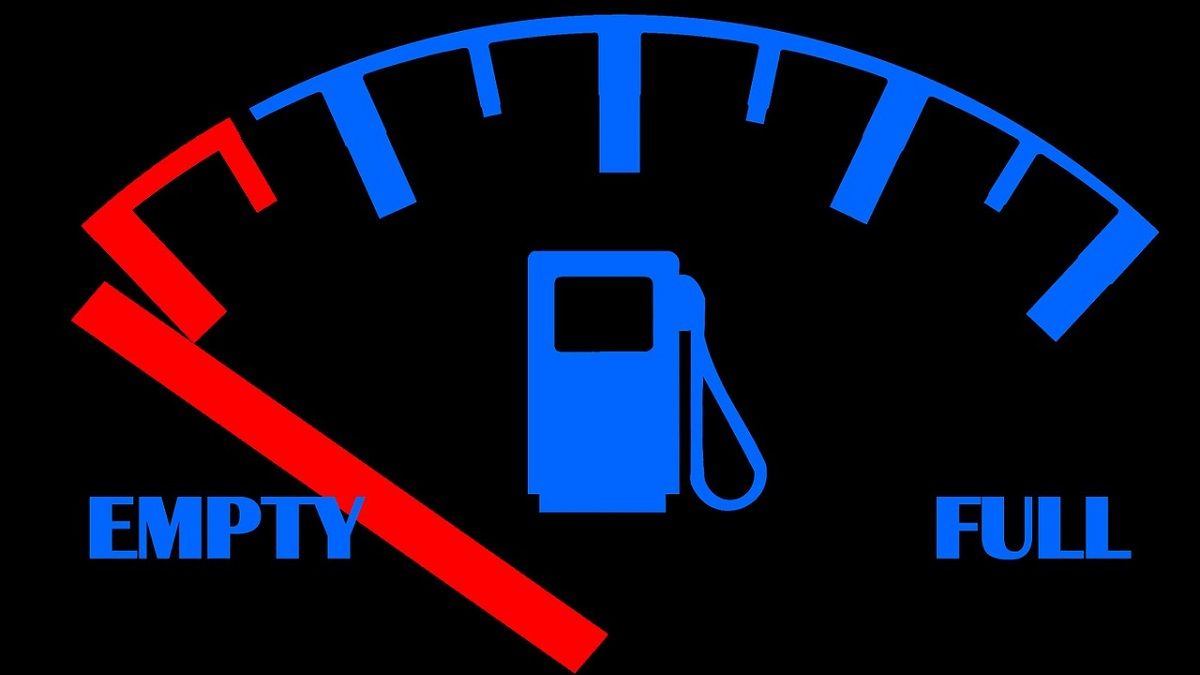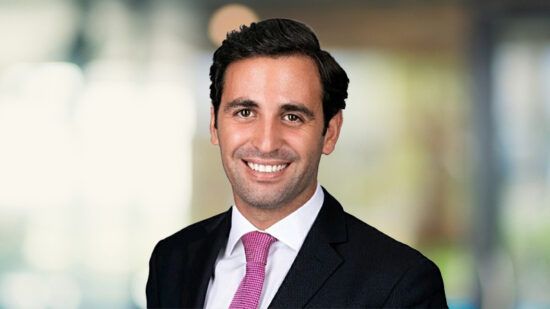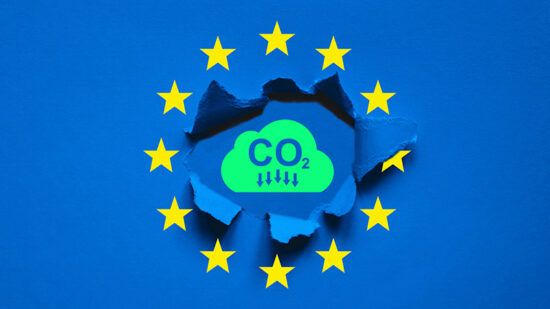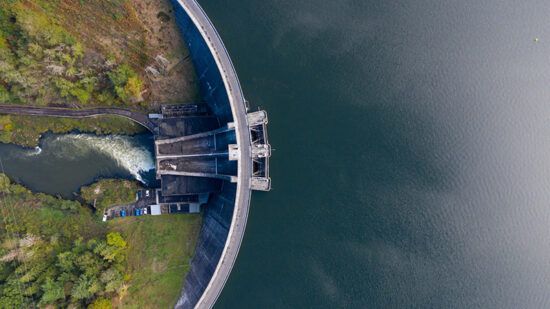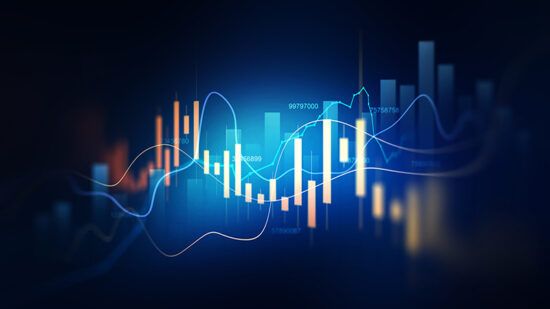It appears that we are now heading into a period of higher-than-usual inflation, something that has been predicted for a long, long time.
Much of the noise that comes from those in the know seems garbled and confused. As reported by the BBC on Monday, the Bank of England has said that it will ‘act on inflation’.
Said Auntie: “The Bank of England ‘will have to act’ over rising inflation, governor Andrew Bailey has warned, suggesting that UK interest rates may rise soon. However, he gave no indication of when the Bank might increase rates from the current record low of 0.1%. The Bank has already said UK inflation is set to exceed 4% before falling back as the economy recovers from covid. But Mr Bailey said surging energy prices would push inflation higher for longer than previously thought.”
This may seem to have been long in coming. Earlier this year, I wrote about how economists here in Germany were split on this subject. Back then, while the European Central Bank (ECB) said it feared inflation was too late, DZ Bank and Deutsche Bank expressed ‘concrete fears’ about where we were heading. All of this came around the time that the ECB was changing its definition of what inflation was, which was akin to nudging the ball over the line with its toe while no one was looking.
Well, a shortage of HGV drivers, crises in fuel, and a workforce burned out from a pandemic about to enter its third year have all been pushing up inflation everywhere, even if the UK seems to be feeling it more acutely than anywhere else.
Bottlenecks and rising costs
But the problem is not confined within the UK’s borders. As Deutsche Welle reported last week, German inflation has risen at its fastest rate in nearly three decades. Spain, too, is seeing inflation at a 13-year high, according to Reuters.
Said Deutsche Welle: “Germany’s inflation rose by 4.1% year-on-year in September, the Federal Statistical Office (Destatis) said on Thursday. It is the fastest inflation hike in nearly 28 years. When inflation rises, consumer purchasing power is weakened and savings decrease in value.”
It added: “Higher energy prices and supply bottlenecks have combined to steadily raise consumer prices, pushing inflation up, official data showed. But the withdrawal of the pandemic-related temporary value added tax (VAT) reduction in January has also had an impact, with goods and services becoming more expensive since.”
Inflation is high across the entirety of the eurozone, reports CNBC, which said: “Eurozone inflation hit its highest level in 13 years in September, as the bloc battles surging energy costs. Headline inflation came in at 3.4% last month, according to preliminary data from Europe’s statistics office Eurostat. This was the highest level since September 2008 when inflation stood at 3.6%. It comes after German consumer prices rose by 4.1% in September — the highest level in almost 30 years.”
Panic stations?
So things are not looking good. In fact, they look so bad that Kristalina Georgieva, chair and managing director of the International Monetary Fund, was reported to have said there was little fear that inflation would become a ‘runaway train’. That itself was a statement that had all the reassuring quality of your dermatologist telling you, “Yeah, it’s probably nothing to worry about.”
Nothing is to be worried about until it becomes worrying. And inflation is becoming worrying. The winter months are approaching quickly, with supply chain shortages across the continent and in the US, and already unions within Germany are calling for ‘clearly noticeable wage increases’ to combat higher prices.
Rising prices being met with a demand for increased wages sounds like the beginning of a spiral.
Even Reuters gave this idea some credence, writing, “Economists are looking for signs that higher inflation expectations will lead to higher wage increases which could kick off a wage-price spiral, driving inflation higher still and eroding households’ purchasing power further.”
And this is not forgetting that the OECD said in September that prices in the G20 ‘will grow faster than pre-pandemic for at least two years’.
Adding energy prices into the mix
So, Expert Investor reached out to Carsten Brzeski, chief economist at ING-Diba. When we last spoke to him, Brzeski said, “There should be inflation of 3-4% in the second half of 2021, but that will come down again over the next 12 months.”
This time, he directed us to his article written for ING-Diba and published 11 days ago. It said that there was a risk that the ‘transitory’ period of higher inflation may be ‘much longer than many central bankers had anticipated’.
There was more, wrote Brzeski. “Headline inflation is currently running north of 5% in the US, and north of 3% in the eurozone. And it won’t stop here. In fact, the entire range of possible inflation drivers is still at work, including higher commodity prices, supply chain disruptions, production bottlenecks, post-lockdown reopening price mark-ups and in the eurozone, the German VAT reversal. Admittedly, aside from one-off factors there are also base effects at work, as we are comparing reopened economies to periods of lockdown last year, which boosts the year-on-year numbers.”
An initial read makes it seem that things will get worse before they get better. “With the latest surge in energy prices,” wrote Brzeski, “any drop in headline inflation from negative energy base effects will not materialise at the start of 2022. Instead, energy base effects look likely to push up headline inflation in the first few months of 2022.”
Brzeski says that there are other factors that will contribute to higher inflation, including a wage-price spiral and increasing housing costs within the US.
“All of the above suggests,” he said, “that elevated inflation levels will be ‘transitory’ but this period of transition could be longer than previously anticipated. Even if some of the one-off factors fade out of YoY inflation next year, the delayed pass-through from higher producer prices as well as lockdown-related price volatility could still impact inflation far into 2022. As a consequence, we see headline inflation slowing in the second half of 2022 but still staying above pre-pandemic levels.”
So this is where we are, with the monster rearing its head again. The scary thing is that everyone a few months ago seemed to predict that high inflation would be a 2021 story only. But then we had driver and fuel shortages that no one predicted, and they followed a pandemic that no one predicted, either.
It is never a safe bet to make a prediction, but I am going to hang my hat on this one: The only thing we know is that much of the future is inherently unknowable.

